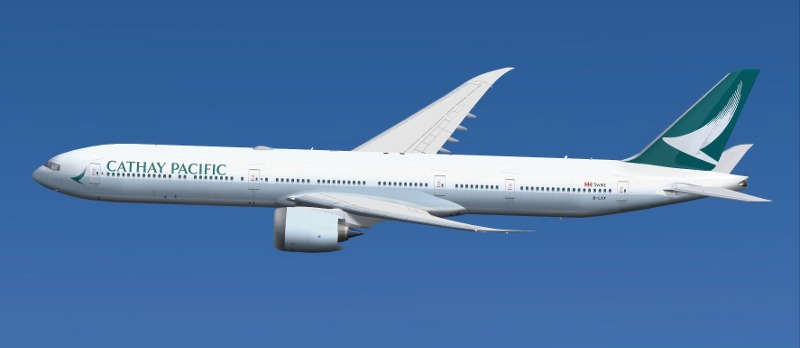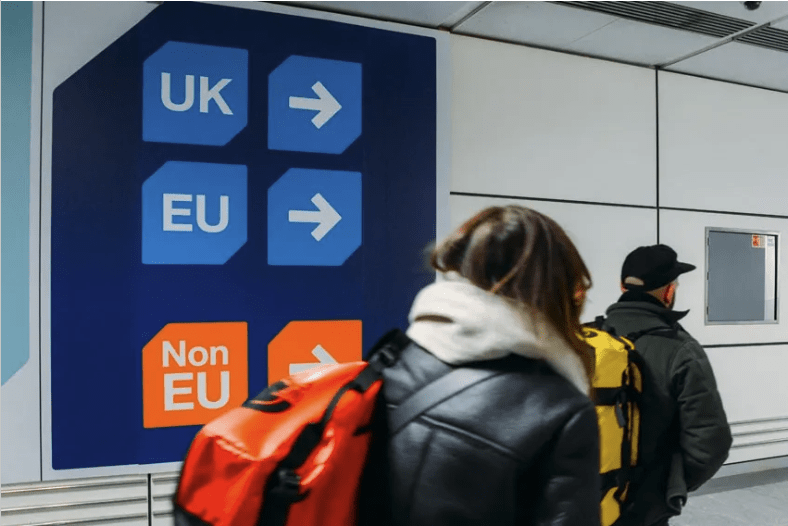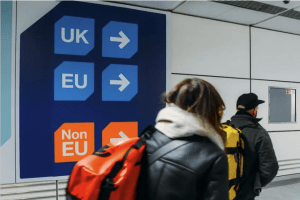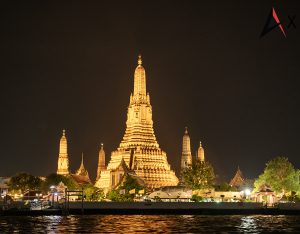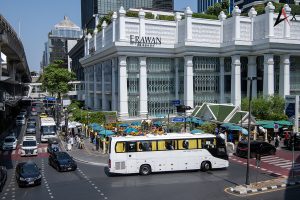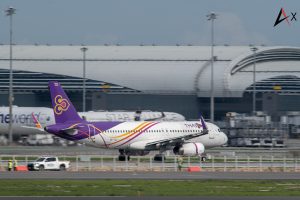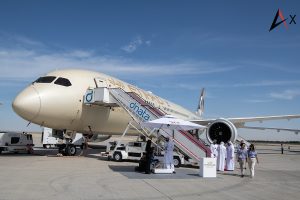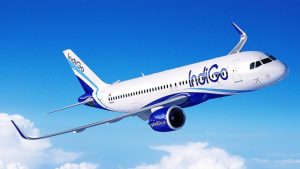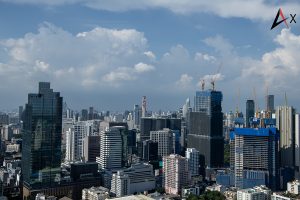Cathay Pacific (CX) is in negotiations with an aircraft manufacturer, likely Boeing, for a new order of widebody aircraft, with an announcement anticipated by next year (2025), according to Bloomberg’s report.
The Hong Kong-based airline recently introduced its new business-class seat, the “Aria Suite,” which made its first appearance on Boeing 777-300ER aircraft.
Alex McGowan, Chief Operations and Service Delivery Officer, discussed with Bloomberg the urgency behind placing a new widebody order. Cathay is regularly ordering long-haul planes as it plans to gradually retire older 777-300 and 300ER models as well as A330s.
The airline recently made an $11 billion commitment to purchase 30 Airbus A330neo aircraft, which are classified as medium to long-range jets, and has also secured additional slots for 30 more planes.
McGowan noted that the evaluation process will include various widebody models, from the Boeing 787 to the 777-9 (777X). This forthcoming order will represent “the final component” in a series of recent aircraft acquisitions.
Cathay may also consider placing an order with Airbus, as McGowan mentioned the range of options from the 787-8 to the 777-9, including A330neos, A350-900, and A350-1000 models.
Like other major Asian carriers, Cathay Pacific utilizes a hub-and-spoke model. The airline’s fleet consists of 167 aircraft, with only 15 being narrowbody Airbus A321 jets. The rest of the fleet, according to data from planespotters.net, includes:
| Aircraft Type | Current | Avg. Age | Total |
|---|---|---|---|
| Airbus A330 | 36 | 16.2 Years | 60 |
| Airbus A350 XWB | 45 | 6.1 Years | 48 |
| Boeing 747 | 20 | 13.1 Years | 84 |
| Boeing 777 | 51 | 15.7 Years | 75 |
This fleet includes various sub-variants such as A350-900, A350-1000, 747-400, 747-8, 777-300, and 777-300ER. Notably, Cathay does not currently operate the Boeing 787 Dreamliner, making it a potential new addition to their already diverse long-haul and ultra-long-haul fleet.
Supporting Sustainable Development
As Hong Kong’s flagship carrier, Cathay Pacific is committed to actively supporting the city’s aviation development, aiming to serve 100 global destinations by 2025 to enhance Hong Kong’s international connectivity.
The airline is also aligning with the global move toward sustainable development. Cathay Pacific was among the first airlines worldwide to set a target for 10% Sustainable Aviation Fuel (SAF) usage by 2030. Since then, it has successfully completed SAF uplifts at Hong Kong International Airport and other international locations.
In addition to increasing SAF usage, Cathay is focused on fleet modernization, operational efficiency, emerging technologies, and high-quality carbon offsets and removals to achieve net-zero carbon emissions by 2050.
Stay connected with us for the latest updates by following us on social media.
